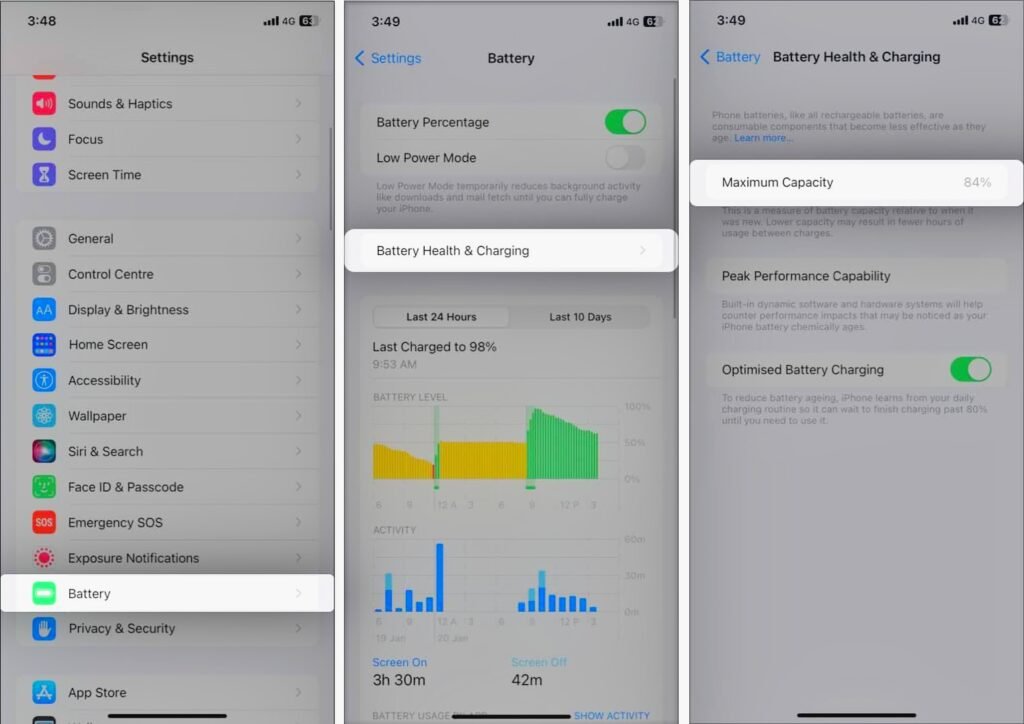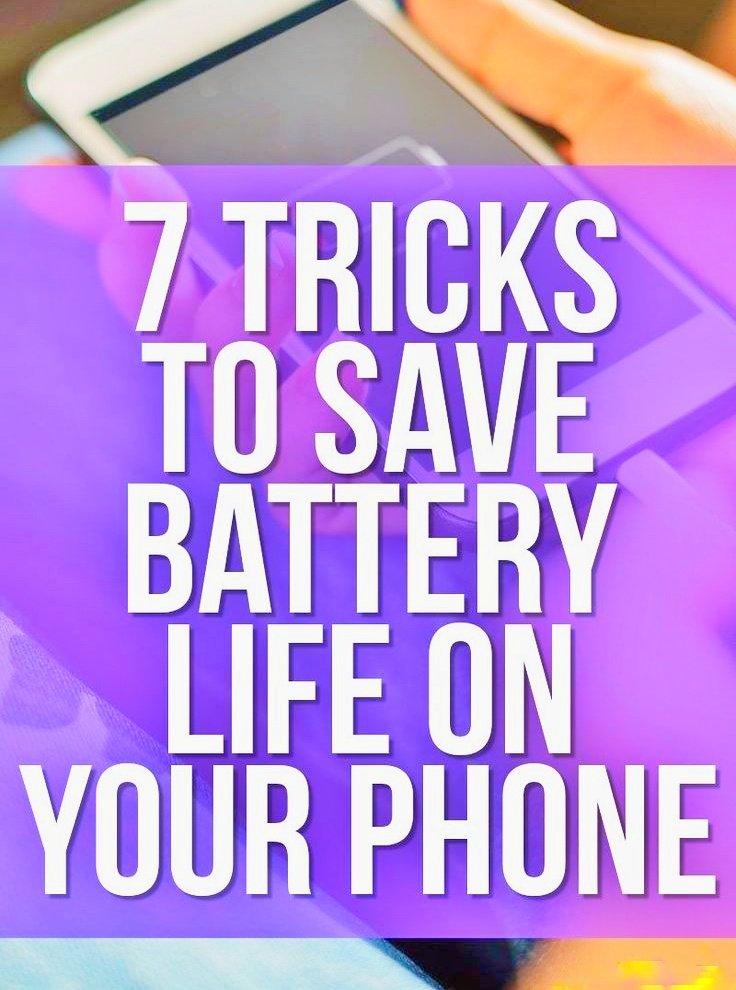Are you tired of constantly having to charge your iPhone throughout the day? If your iPhone’s battery health goes down, it cannot keep up with your busy schedule. Battery health reducing fast is one of the most common complaints among iPhone users. But don’t worry. I will share expert 11 ways to maintain your iPhone’s battery health.
Table of Contents
What kills your iPhone’s battery health?
First, you should know why your iPhone’s battery health is reducing so fast. Here are some of the most common reasons:
- High usage: Constantly using your phone for streaming, gaming, browsing, and downloading large files can put a strain on the battery and cause it to reduce fast.
- Leaving apps running in the background: When apps run in the background, they continue to use power, especially those that track your locations, even when you’re not actively using them. Battery life can be significantly reduced as a result.
- Exposure to heat: High temperatures can damage the battery and cause it to reduce more quickly.
- Not updating the iOS: The update patches contain iOS optimizations. So, not updating your iPhone can also affect the battery’s health.
- Using third-party battery cases or chargers: If you use non-Apple accessories, it can cause damage to the battery and degrade its overall health over time.
- Battery age: Batteries have a limited lifespan. And as they age, they will naturally lose some of their capacity.
Ways to maintain your iPhone’s battery health
To view the current health status of your battery, go to Settings → Battery → Battery Health & Charging and check the Maximum Capacity percentage

Apple considers 80% and above battery capacity to be ideal. To avoid going below that mark and stopping your battery from malfunctioning, you must employ best practices and maintain your iPhone’s battery health.
1. Don’t let your iPhone overheat
Extreme heat and cold are the worst things that may happen to your iPhone battery. Apple claims that operating temperatures as high as 95°F won’t affect your iPhone. Beyond that, your iPhone might explode or the battery might sustain irreversible damage. Even so, there are safety measures on your iPhone that allow you to temporarily switch it off under specific conditions.
Avoid leaving your iPhone in the sun or in front of a car heater vent to avoid the battery overheating. Moreover, battery life is also lowered by temperatures below 32°F (0°C). The battery’s ability to hold charges is hampered. Thus, you can maintain the health of your iPhone’s battery by adopting preventative measures.
2. Use Apple‘s original chargers
Apple always advises using its official cords, adapters, and wireless chargers. The third-party chargers have poor wires and don’t maintain standards properly though they may juice your iPhone. Moreover, the official apple accessories prevent power surges and short circuits.

Some petty companies make copy products. So, if you bought MagSafe products online, it’s good to check the Apple MagSafe charger firmware and ensure you’ve got a genuine product.
3. Avoid letting your iPhone die
One of the worst things you can do to your iPhone is to let the battery to go low. A discharged lithium-ion battery will enter a deep discharge state and cease to function if it is left in that state for an extended period of time. As a result, Apple fixed the problem and added a reserve of energy to iPhone batteries that would discharge.
However, if your iPhone runs out of power, charge it as quickly as you can. Also, use your iPhone’s Low Power mode when the battery is 20% or less. It prolongs the battery life until you can go to an outlet. Usually, I juice my iPhone multiple times a day to avoid completely draining it.
4. Don‘t charge overnight
Most people charge devices overnight. But do you know overcharging your iPhone harm the battery and reduce the battery’s health? Maybe your iPhone needs one hour of charging but plugging it in for 7-8 hours results in overcharging. It pushes more current into already charged cells.
Therefore, to avoid overcharging turn on adaptive charging. It’s a built-in feature in your iPhone to maintain the battery healthy. Go to Settings → Battery → Battery Health → toggle on Optimized Battery Charging. So, it will enable your iPhone to learn your charging pattern.

5. Avoid full charging your iPhone
Apple claims that after 500 full charge cycle counts, iPhone can’t maintain 100% battery health. When battery capacity depletes, your iPhone will not be able to hold the charge for long.
Besides, juicing iPhone fullest generates heat. You may notice the charging speed becomes slow after 80%. Therefore, I suggest avoiding charging your iPhone to 100% and keeping the battery level between 40% and 80%.
6. Turn off the Always-On display
Apple introduced Always-On display as a new feature for the iPhone 14 Pro series. It continues to run the lock screen in low power mode. Hence, the display updates with a lowered screen brightness once every second. You will get the maximum mileage out of your iPhone’s battery by turning off the constantly-On display because the feature is constantly on.

7. Check and optimize Battery Usage information
To understand your usage and the specifics of your power consumption, check your iPhone’s battery usage data. It will mention all apps that are using the most energy. Besides, find out whether an app consumes a battery without being used from Background Activity stats. Now try to use those power-hungry apps less than regular.

